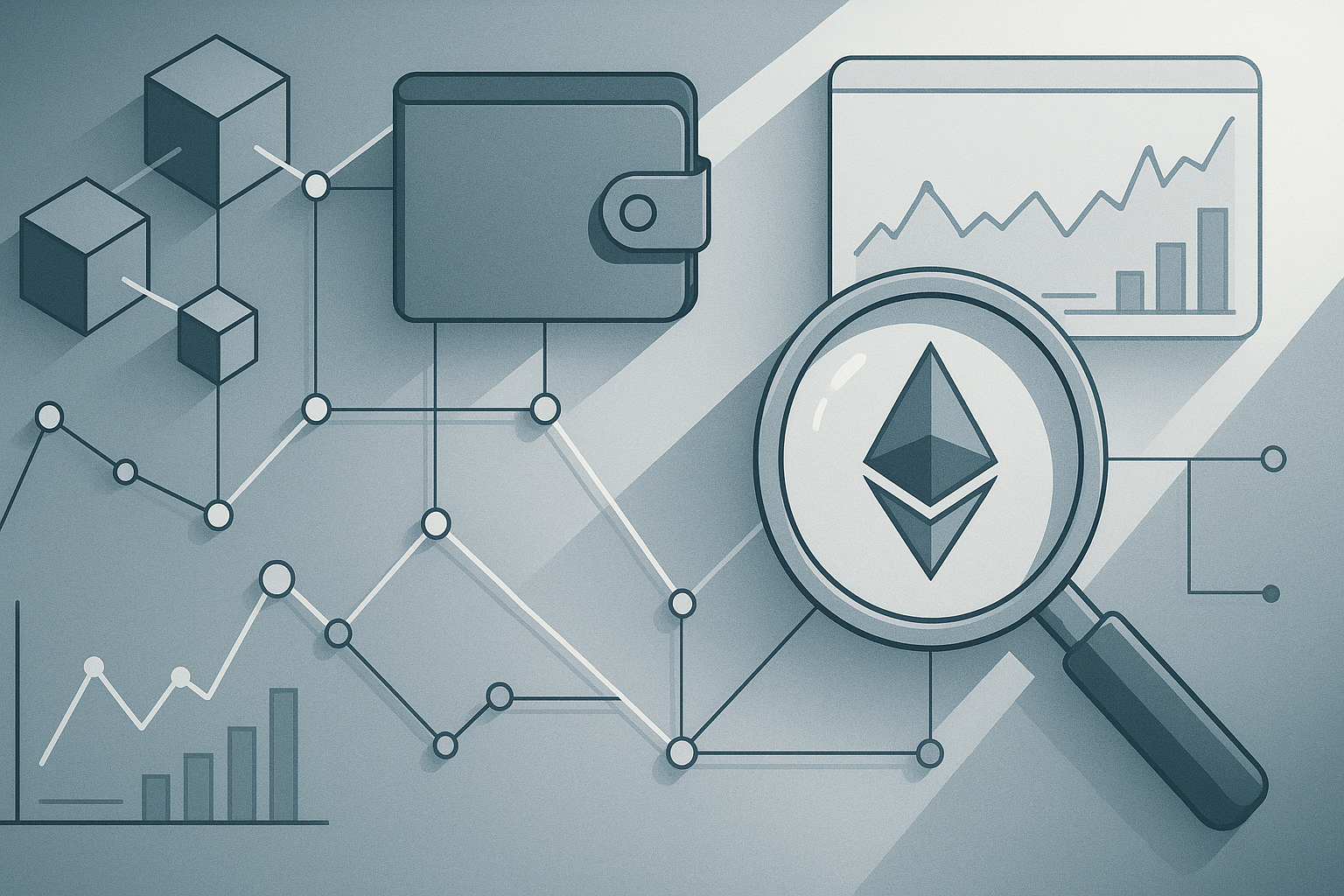The Ethereum community awaits clarity on Fusaka, a planned network upgrade that insiders say could go live on Dec. 3 on mainnet after a staged testnet rollout. The path to launch hinges on successful testnet deployments, client readiness, and security reviews across multiple implementations. As the date tightens, observers expect changes that will ripple through wallets, dApps, and on-chain data flows.
Become a Doc: Profile Ethereum wallets and discover their behavior.
Use WalletAutopsy.
Overview of Fusaka upgrade
The Fusaka upgrade, still described in broad terms by developers and researchers, is framed as a set of protocol adjustments rather than a single feature. It seeks to improve efficiency on the execution and consensus layers, reduce edge-case failures, and simplify future deployments. Because Ethereum upgrades require client software changes and cross-client coordination, the plan remains cautious until more specifics surface.
The design emphasizes backward compatibility where possible and graceful handling of misconfigurations to protect user data and smart contract state in crypto wallets and dApps. In practice, developers split changes into modules that teams must implement and test across multiple clients. A key tests runs across client combinations, and governance signals guide when nodes can safely activate. Observers expect a measured rollout, with the Dec 3 target clearly labeled but not guaranteed, pending final verifications and readiness signals from the ecosystem.
Testnet rollouts and timeline
In recent months, the ecosystem has observed a staged approach to Fusaka on test networks, with major client teams rolling out compatibility layers and governance signals on testnets such as Goerli and Sepolia. The goal is to verify activation on testnets before any mainnet move. Observers note that multiple clients must agree on activation thresholds, and that a coordinated schedule reduces risk of forks or unexpected divergences. During the testnet phase, metrics such as transaction throughput, gas estimation accuracy, and validator health are monitored across networks. Analysts rely on crypto analytics tools to gauge signals from testnet activity and detect divergence among implementations. The process remains fluid as the Dec 3 deadline remains tentative pending final verifications, with some teams pushing for additional rehearsal cycles to catch edge cases.
Impact on users and crypto wallets
For users, the upgrade means a need to run updated wallet and client software once the activation is signed off. Crypto wallets that hold assets and interact with DeFi platforms will rely on timely updates to reflect new transaction types and fee dynamics. While the plan aims for a smooth transition, participants should anticipate brief periods of reduced service on some days during the rollout. Exchanges and wallet providers typically publish guidance ahead of the switch, and many users monitor balances and histories with added care. As with prior Ethereum upgrades, on-chain data will reveal how Fusaka affects activity and settlement timings. Analysts using blockchain analytics will observe wallet flows, settlement latencies, and the movement of liquidity across DeFi protocols during the switchover.
On-chain insights and analytics
Analysts expect Fusaka to adjust execution costs and introduce conditions for processing. Blockchain analytics teams will watch for shifts in gas pricing, block propagation times, and cross-chain liquidity movement as users migrate to updated clients. Early signals may show changes in transaction volume across layers, with some relief if efficiency improves. Observers also evaluate safety margins around data availability and replay protection to minimize cross-chain risks. In this context, crypto analytics and broader blockchain analytics work together to map how the Ethereum ecosystem absorbs the upgrade, including wallet activity and routing patterns. Ongoing measurements from node operators and researchers help frame risk and opportunity for businesses dependent on Ethereum's on-chain data.
Ethereum ecosystem context
The Fusaka upgrade sits within a larger Ethereum ecosystem that depends on layer-2 scaling and cross-chain bridges. If it meets expectations, L2 traffic may stabilize as users adjust, while bridges watch for any changes in routing compatibility. Developers of decentralized apps update contracts, wallets, and dashboards to reflect new protocol behavior. From a risk management angle, exchanges and custodians validate risk models against the new rules. Crypto analytics plays a central role in interpreting on-chain signals and turning them into actionable data for wallet providers and institutions.
What to watch next
Looking ahead, officials will await deployment notes from Ethereum core developers and major client teams. Key milestones include final testnet sweeps, client compatibility distributions, and the moment when activation flags flip on the network. Analysts will monitor for unexpected reorg risk, stalled upgrades, or liquidity shifts that affect fees and execution order. The cadence of communication from foundations and exchanges will influence how users prepare for Dec 3, and ongoing updates from projects that rely on Ethereum will shape uptake. The report cadence itself becomes part of risk management, guiding when to upgrade, test, and monitor.
Conclusion and outlook
As with prior Ethereum upgrades, Fusaka represents a balance between caution and progress. While the Dec 3 mainnet date remains tentative, the rollout on test networks will inform timing decisions for developers and users alike. For investors and operators relying on on-chain data, the upgrade underscores the value of disciplined observation and timely adaptation. The ongoing narrative will emphasize resilience, transparency, and steady improvements across crypto wallets and services supported by Ethereum.
